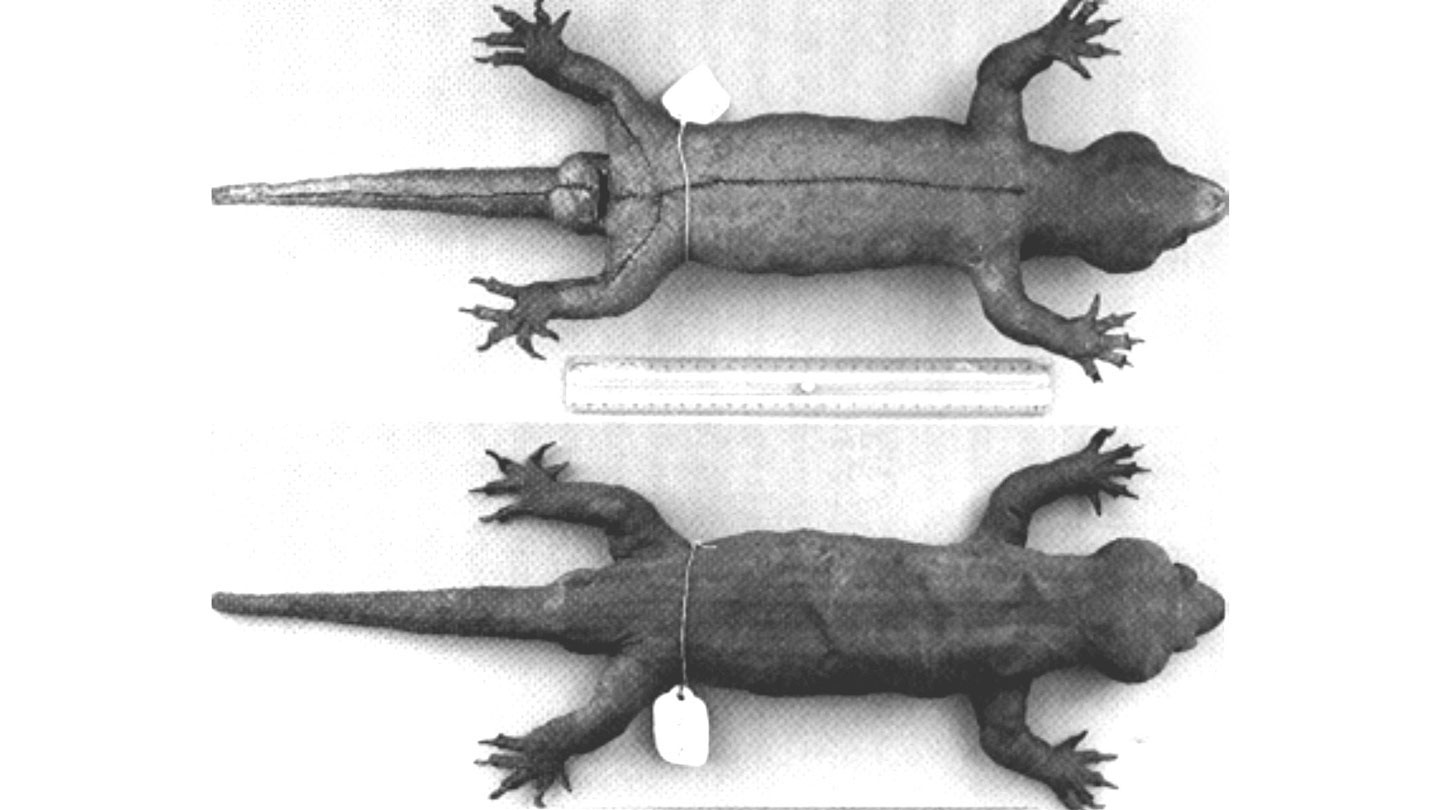Candida albicans is a common yeast found in the human microbiome. However, in immunocompromised people, the fungi can cause severe, and sometimes deadly, yeast infections.
Fungal infections are difficult to treat because, as eukaryotes, several potential drug targets are similar to human cell components. Additionally, many fungi also form biofilms. The thick matrix that envelops these dense, fungal colonies restricts access from the host’s immune cells. Furthermore, biofilms produce signaling molecules that promote communication across the biofilm and beyond.
One such molecule produced by C. albicans is farnesol, which a team of researchers in Oliver Kurzai’s lab at the University of Würzburg previously showed impaired monocyte differentiation of dendritic cells (DCs), reducing their inflammatory activity.1 However, it was unclear how exactly this microbial messenger accomplished this dampening. Now, in a study published in mBio, the group showed that farnesol altered a lipid metabolism pathway inside DCs, which led to mitochondrial dysfunction and impaired DC activity.2
“Much of the focus in the field has largely been what is on the surface of the Candida and what is on the surface of the dendritic cell,” said Jatin Vyas, a fungal immunologist at Harvard Medical School who was not involved with the study. Vyas added that lipids are often overlooked in many responses, adding to the novelty of the work.
While looking for clues in the literature to explain farnesol’s immune altering effects, Kurzai’s team came across another signaling molecule that similarly interfered with DC inflammatory activity: the lipid sphingosine 1-phosphate (S1P).3 This endogenous sphingolipid decreased the expression of DC receptor molecules and inflammatory cytokines. The researchers were curious whether farnesol also acted on this sphingolipid pathway.
When the team applied farnesol to monocytes undergoing differentiation into DCs, they found that the molecule decreased the production of ceramide, a sphingolipid metabolite in the S1P pathway. Farnesol also inhibited the activity of dihydroceramide desaturase (Des), the enzyme that converts lipid intermediates into ceramide.
“Farnesol had really strong effects on the sphingolipid pathway, which then affected downstream or other metabolisms,” said Maria Batliner, a study coauthor who was a graduate student in Kurzai’s lab.
The team wanted to explore the mechanisms by which farnesol reduced Des activity. They knew that the molecule promotes cellular reactive oxygen species (ROS), which has also been shown to reduce Des function, so the team investigated if these two were related in their present model. They found that farnesol induced mitochondrial ROS, but decreasing these species with an antioxidant rescued Des activity. These findings linked impairments in lipid metabolism to mitochondrial dysfunction through this fungal signaling molecule.
Kurzai and his team previously showed that farnesol treatment caused a decrease in DC inflammatory activity and a subsequent reduction in interferon gamma responses from T cells. In the present study, by mimicking farnesol’s effects on Des with chemical inhibitors, they demonstrated that the fungal molecule achieves this immune dampening through Des inhibition.
“For me, this is really exciting,” Vyas said. “These secreted products that are coming out of these organisms—fungal, bacterial—and they’re doing things to our cells well before they actually come into [physical] contact.” As a physician who treats fungal infections, though, he is interested in seeing how farnesol impacts C. albicans infections. Indeed, Kurzai’s team is interested in extending their observations to mouse models by introducing C. albicans mutants that don’t produce farnesol to investigate how those change the infection.
Additionally, overgrowth of C. albicans has recently been associated with worse outcomes in COVID-19 and alcohol-associated liver disease.4,5 “Because [C. albicans] seems to have systemic effects, it’s really interesting to know which of the molecules it makes could be mediating these effects,” said Natalie Nieuwenhuizen, an immunologist at the University of Würzburg and study coauthor. “It would be interesting to know how this then affects other diseases, either in a good or bad way.”












